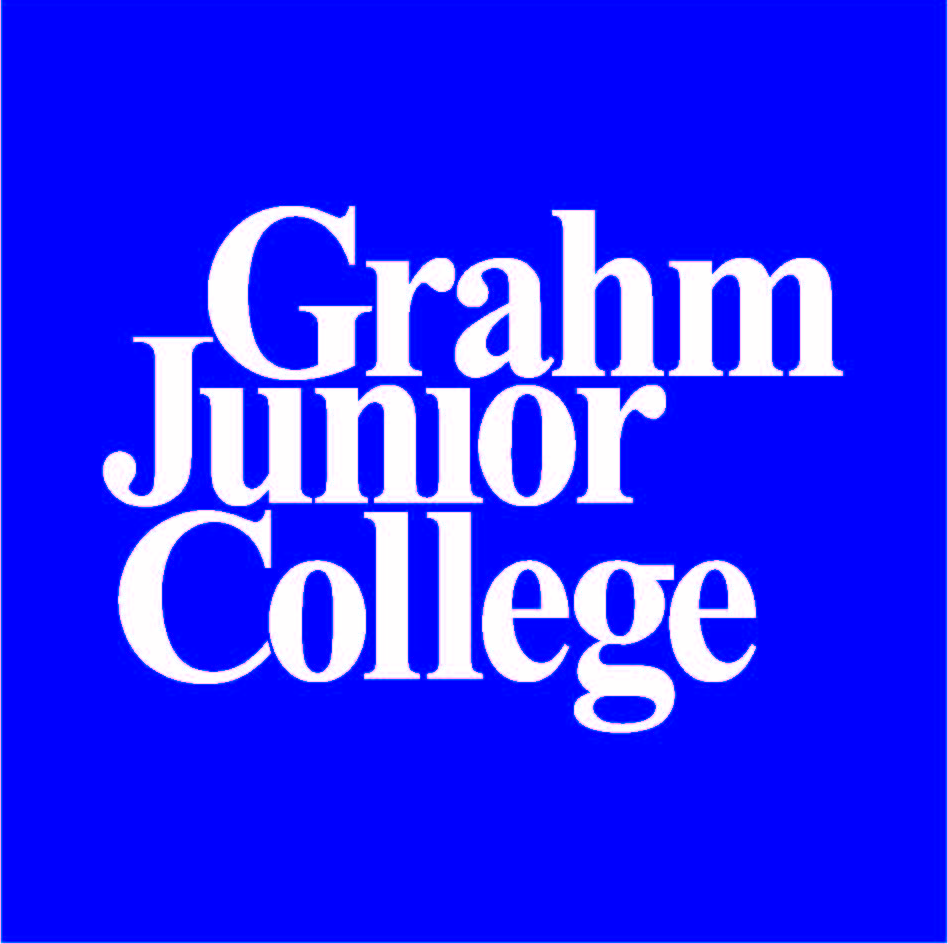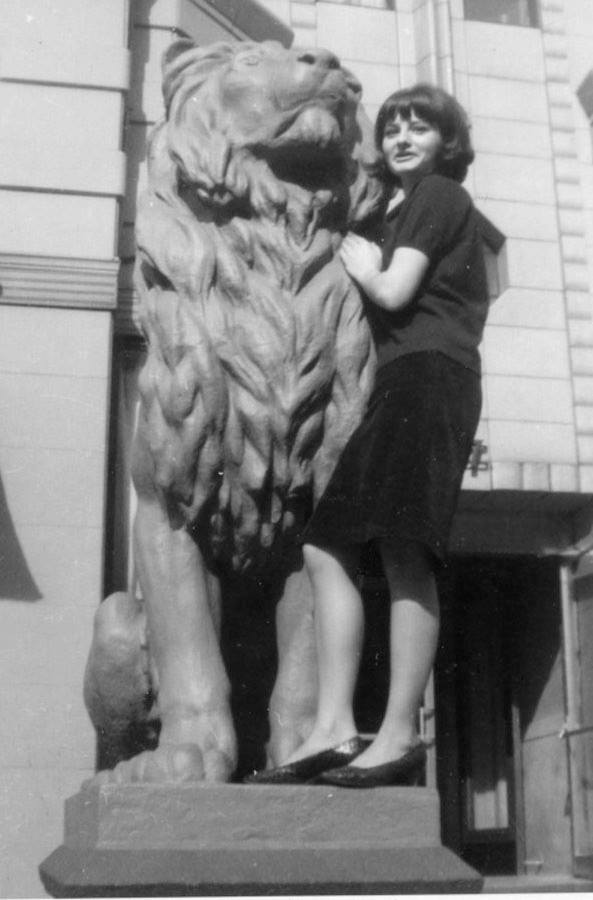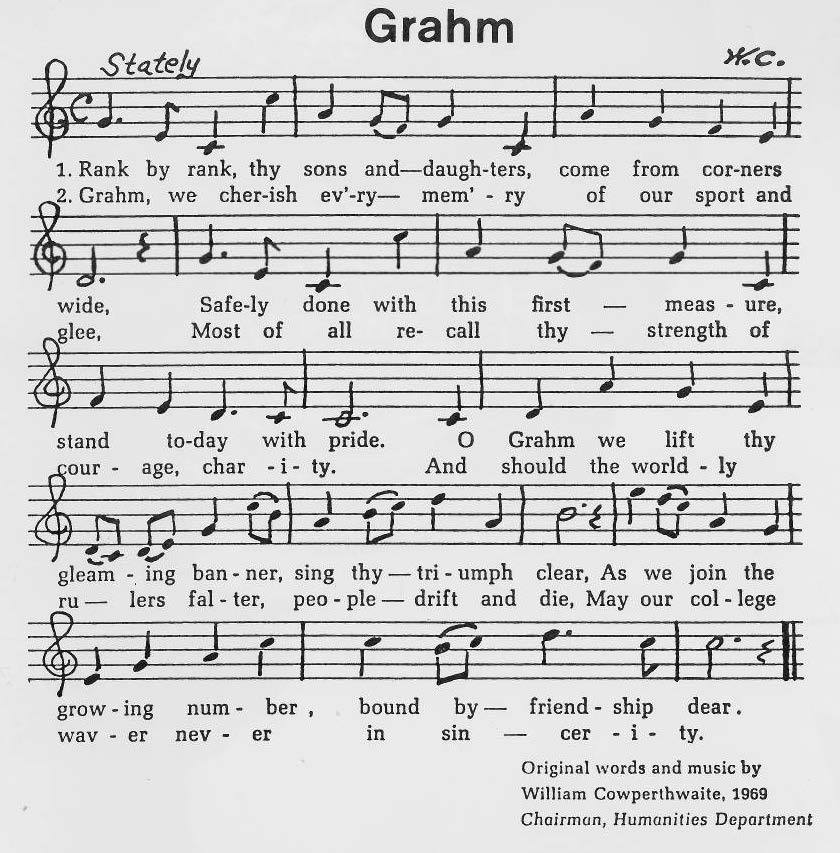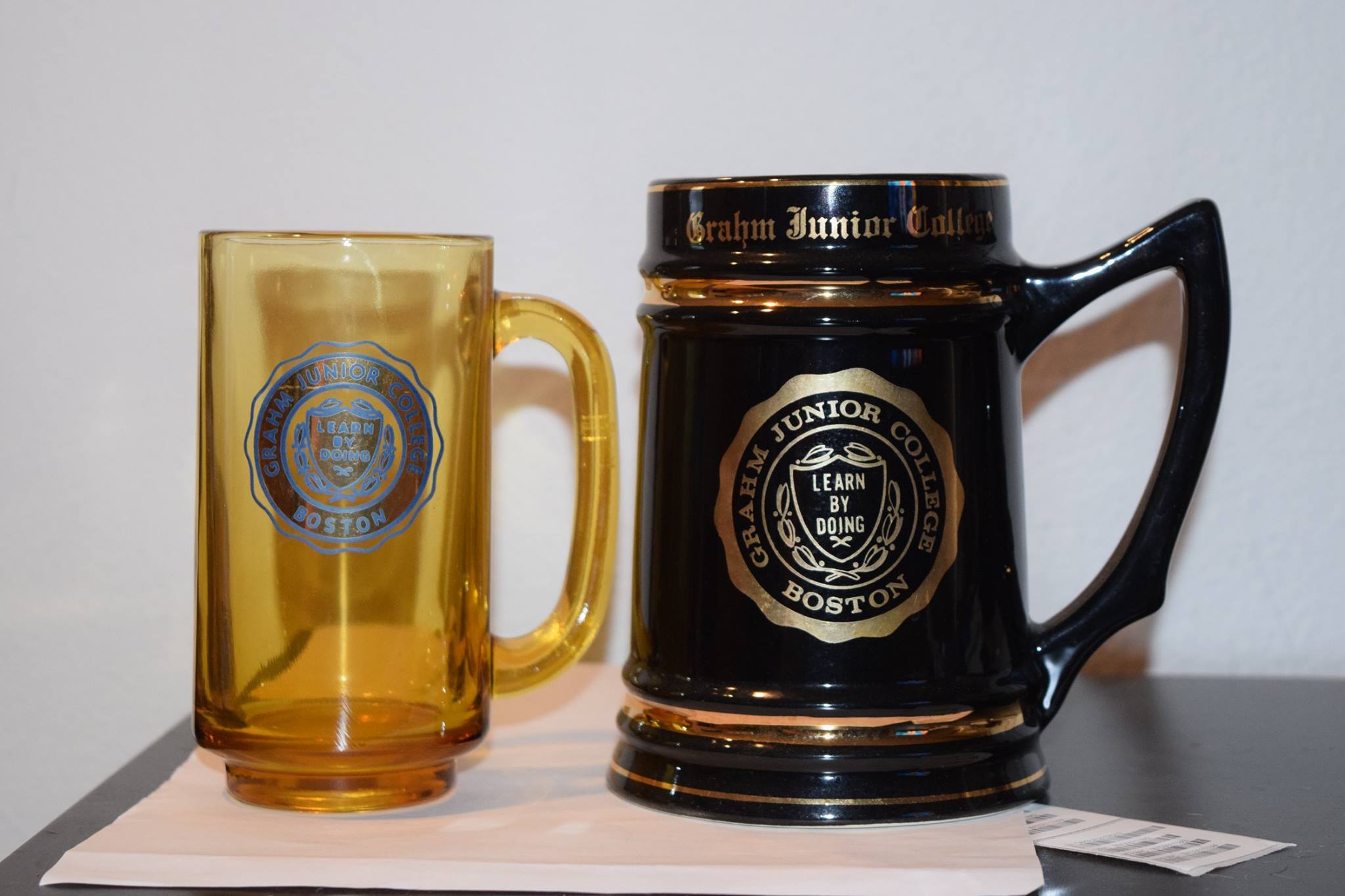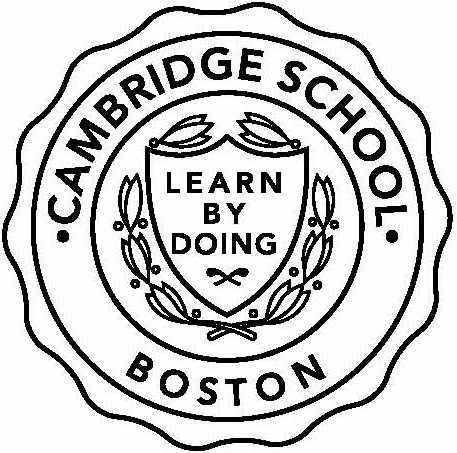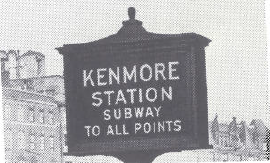History of Kenmore Square
How Kenmore Square Got Its Name
Bill Tarkulich, May, 2013, updated Sept. 2020
It’s quite simple really. Mayor Curley signed an order changing the name from Governor Square to Kenmore Square. “Kenmore” was taken from the trolley stop “Kenmore Station”. The Kenmore Station trolley stop took its name from the nearby Kenmore Street. It’s as simple as that.
Originally the land where Kenmore Squares was named "Sewell's point" after the landowner. It was at the edge of a tidal flat in what was then town of Brookline. When the mill dam was constructed in 1814, the "Mill Dam Road" extended across the dam, intersecting with Brookline and Brighton Avenues.
Three busy roads converged at what was then called the “Three Roads Junction.” The former “Mill Dam Road” became Beacon Street, Brookline Avenue and Brighton Avenue (today's Commonwealth Avenue).
By 1924 the Boston Elevated Railway, a private concern, had completed the “Boylston Street Subway”, which ran from the Public Garden under Boylston Street and terminated at Governor Square (known today as Kenmore Square).
Transit station names were assigned by the nearest intersecting roadway. At Governor Square the subway terminated at the junction of Kenmore Street and Commonwealth Avenue. It was given the name “Kenmore Station”.
The subway emerged from the underground via an “incline” in the middle of Commonwealth Ave, between Charlesgate West and Kenmore Street. You can see the vestiges of that incline structure today. The first stop above ground was called the “Kenmore Station”, named after a short side street, Kenmore Street.
By 1925 traffic in Governor square had become unbearable. It was claimed to be the busiest in the city.[i] The flood of automobiles and trucks caused gridlock, resulting in “minutes” of delay. “Long lines of automobiles were held up for minutes at a time” reports the Boston Daily Globe[ii]. Various proposals were made, including a flyover[iii] between Charlesgate East and West which were debated for about three years. Another proposal was to restrict parking to one side of each street. The “El” took no action arguing it was a motor vehicle issue not a trolley issue. The flyover and the submerging the trolley under Governor’s Square were eventually approved. In August of 1930 after three years of construction, the subway “Kenmore Station” became operational.
From the mid-20’s forward, the square was often informally known as “Kenmore Square”. Often in the reportage both “Governor” and “Kenmore” were used interchangeably. On December 31, 1931, Mayor James Michael Curley approved a City Council order changing the name to Kenmore Square.[iv]
Kenmore station took its name from Kenmore Street, and Kenmore Square took its name from Kenmore station.
From whence came "Kenmore Street"
In the 1970’s, Kenmore street was renamed to “Grahm Street” after the adjacent college. Sometime after the school closed in 1979, the street reverted back to its original name.
In 1946 Milton Grahm began to write letters to the Boston Globe Editor suggesting improvements to mitigate the traffic problems in the square once more. He offered a series of improvements including signaling changes, widening of streets and construction of “express highways” east, west, north and south of the city.[v]
[i] “Working to Solve Traffic Problems in Governor Sq.”, Daily Boston Globe, June 16, 1926
[ii] “Governor-Sq Traffic Delays Continue”, Daily Boston Globe, Oct. 22, 1927, page 13
[iii] “Mayor Nichols Orders Plans for an overpass to eliminate cross traffic in Kenmore Sq”, Daily Boston Globe, Feb 27, 1929
[iv]“Ask the Globe” Boston Globe, Mar 14, 1990
[v] “Letters to the Editor Three Low Cost Measures to Relieve Traffic Snarls”, Milton L. Grahm, Daily Boston Globe, Mar 10, 1946, page D26
